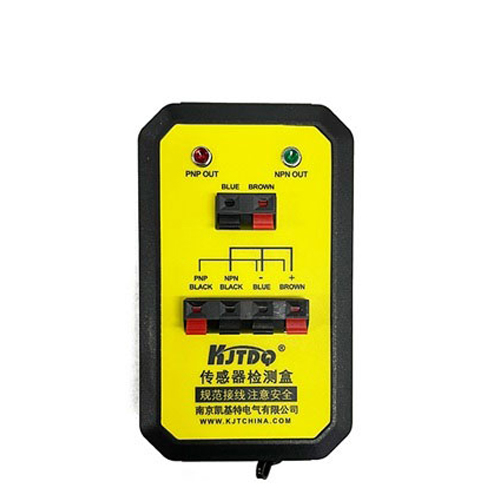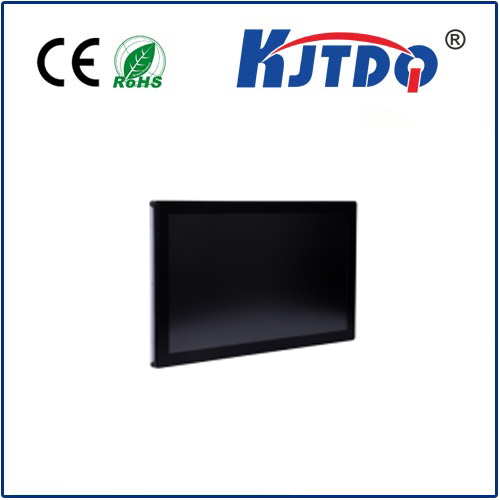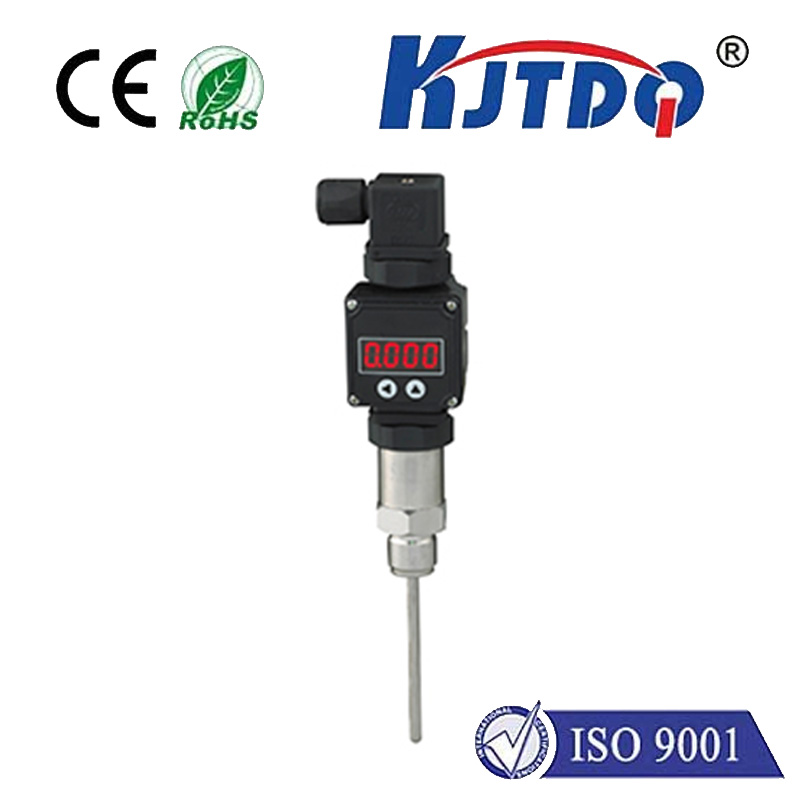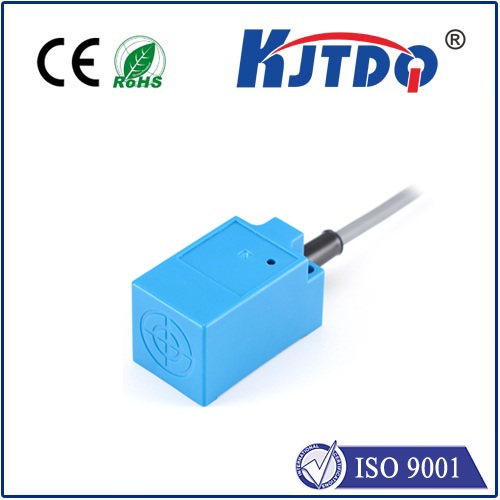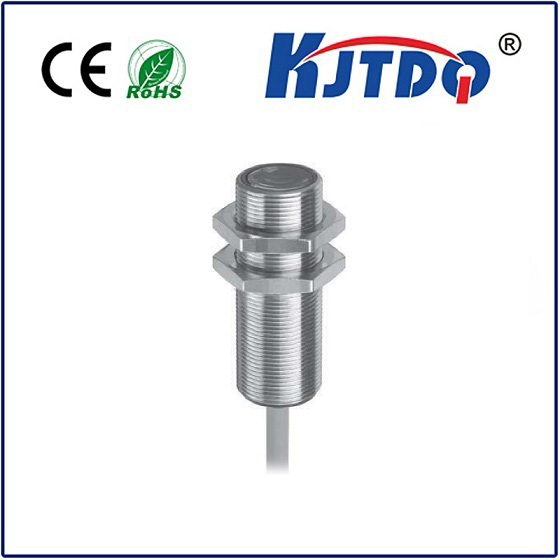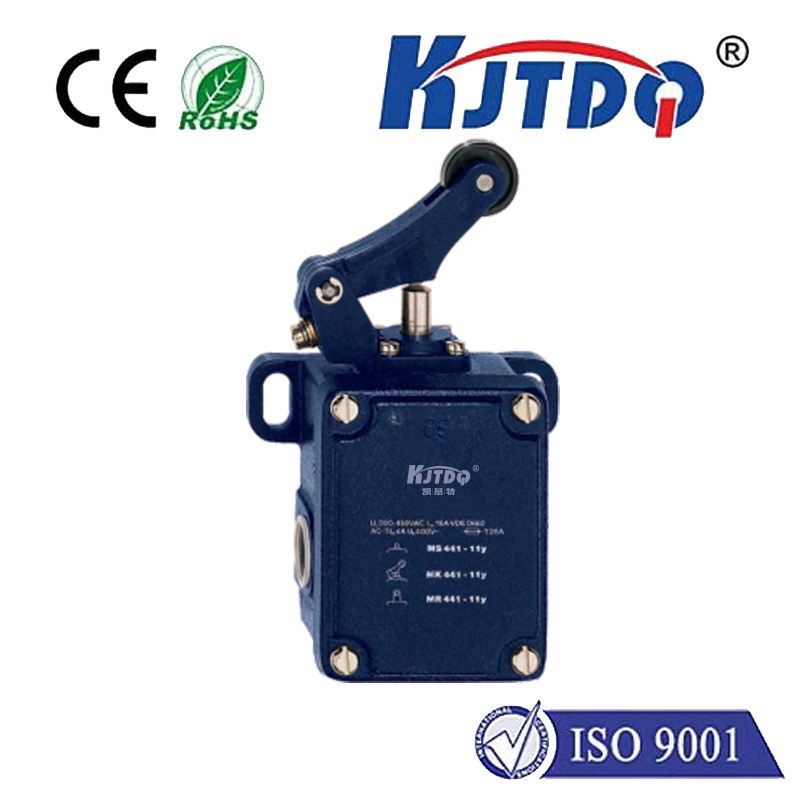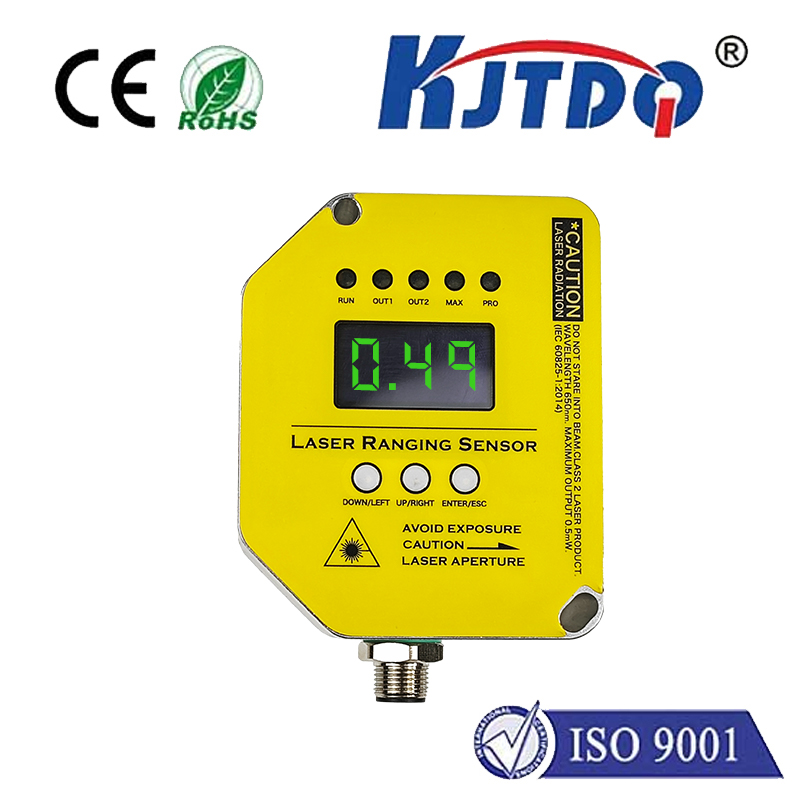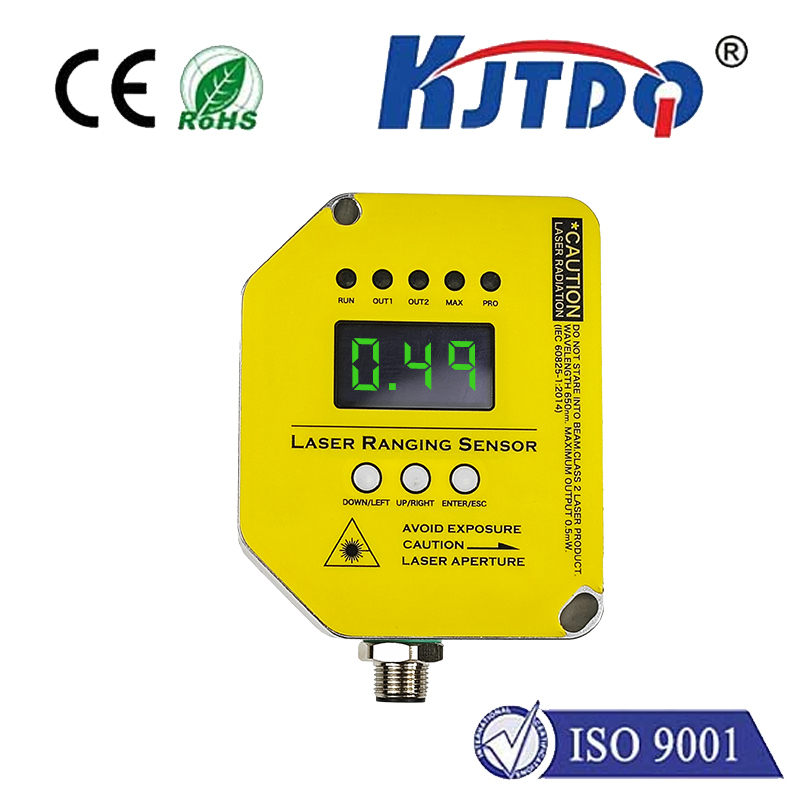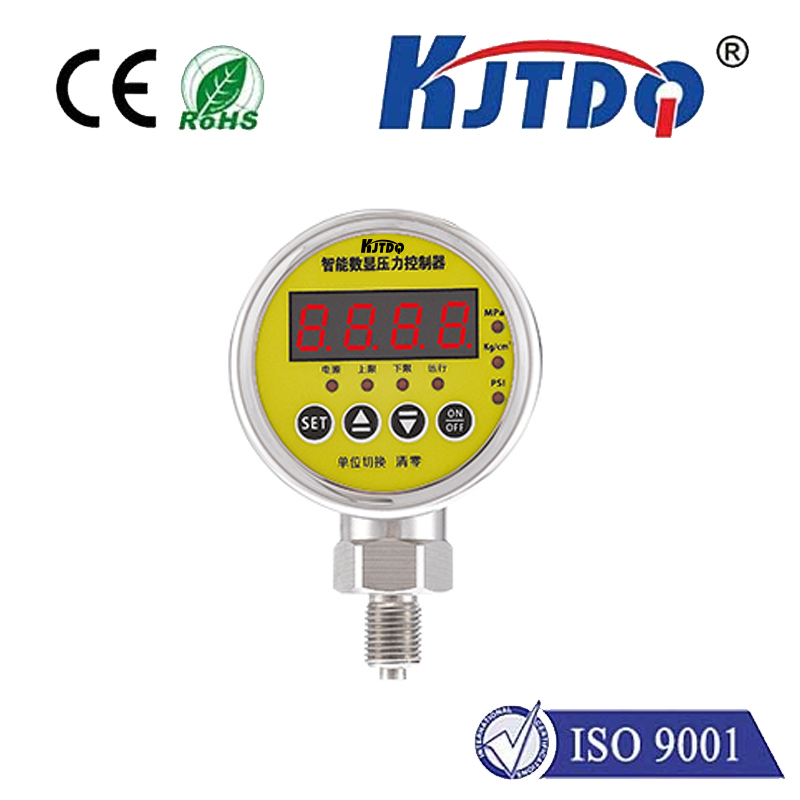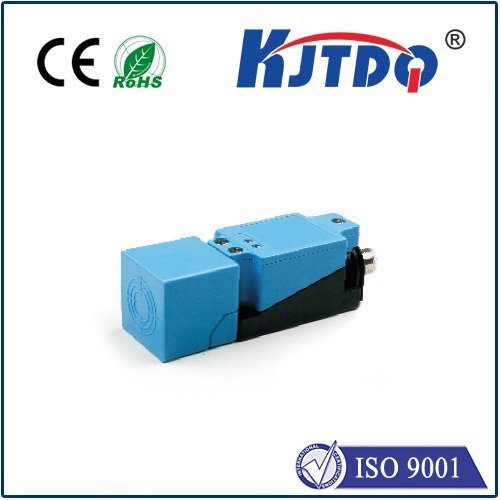

check

check

check

check

check

check

check

check

check

check
Introduction:
The flat proximity sensor is a groundbreaking innovation that has revolutionized various industries, from robotics to industrial automation, by providing unparalleled accuracy, convenience, and seamless integration. This article aims to delve into the world of this remarkable sensor and its numerous applications.
Section 1: The Science Behind Flat Proximity Sensors
Flat proximity sensors work on the principle of measuring the distance between two objects or surfaces. These sensors use electromagnetic fields to detect the presence or absence of an object in close proximity. The sensors emit a low-level electric field and measure how it interacts with the object's electromagnetic properties. By analyzing these interactions, the sensor can determine the distance between the object and the sensor.
The technology used in flat proximity sensors varies depending on the application and requirements. Some sensors employ infrared radiation, while others use ultrasonic or capacitance techniques. Despite their differences, all flat proximity sensors share a common characteristic: they are highly reliable, accurate, and efficient.
Section 2: Applications of Flat Proximity Sensors
One of the most significant advantages of flat proximity sensors is their versatility. They can be used in a wide range of applications, from simple tasks such as opening doors to complex processes like tracking the motion of vehicles or robots. Here are some prominent examples of flat proximity sensors in action:
1. Robotics and Automation: Flat proximity sensors are indispensable for robotic systems that require precise positioning and manipulation of objects. They enable robots to detect and navigate through obstacles, avoid collisions, and perform complex tasks with minimal human intervention.
2. Industrial Manufacturing: In industrial settings, flat proximity sensors help improve efficiency and safety by detecting the presence of workers in hazardous areas or monitoring equipment performance. They also facilitate inventory management by enabling automated sensing and tracking of products throughout the production process.
3. Healthcare: In healthcare devices, flat proximity sensors are used for non-invasive diagnostics, such as measuring blood pressure or monitoring vital signs. They provide more accurate readings than traditional methods and reduce patient discomfort during procedures.
Section 3: Advantages of Flat Proximity Sensors vs Traditional Techniques
Compared to traditional techniques such as light detection or ultrasonic sensors, flat proximity sensors offer several advantages. Some key benefits include:
1. Improved accuracy: Because flat proximity sensors can detect objects at any angle or orientation, they offer higher precision compared to traditional techniques. This is particularly useful in applications where misalignment or misplacement could lead to errors or malfunctions.
2. Greater convenience: Flat proximity sensors do not require any setup or calibration, making them easier to use than traditional techniques. They can also be integrated into existing systems without requiring significant modifications.
3. Enhanced scalability: As the technology behind flat proximity sensors continues to evolve, it offers greater flexibility for developers to create custom solutions tailored to specific needs. This scalability makes it ideal for emerging industries and applications that require specialized sensors.
Conclusion:
The flat proximity sensor is a revolutionary technology that has transformed various industries by providing unparalleled accuracy, convenience, and scalability. Its versatile nature and ability to adapt to changing environments make it a valuable asset in today's rapidly evolving technological landscape. As research and development continue to push the boundaries of this exciting field, we can expect even more innovative applications of flat proximity sensors in the years ahead.
